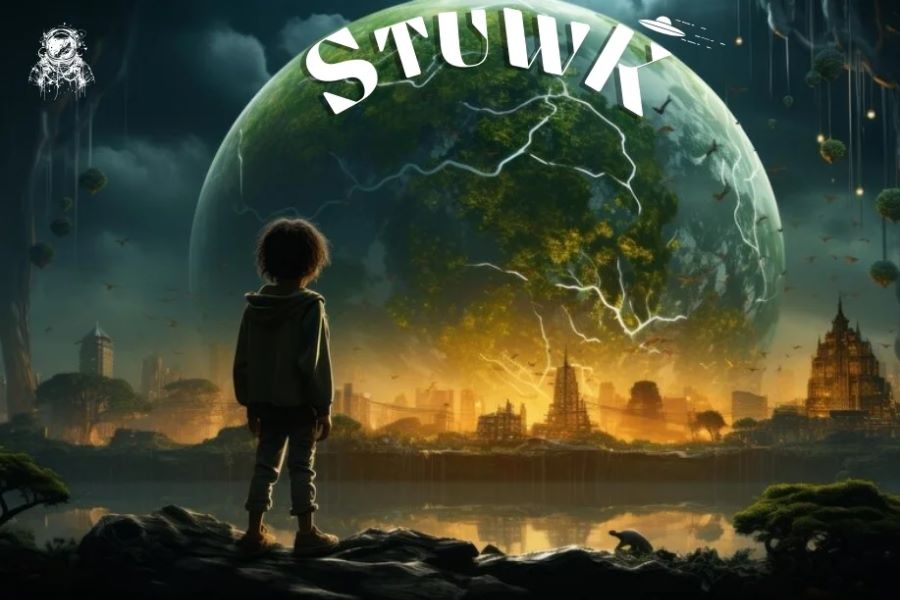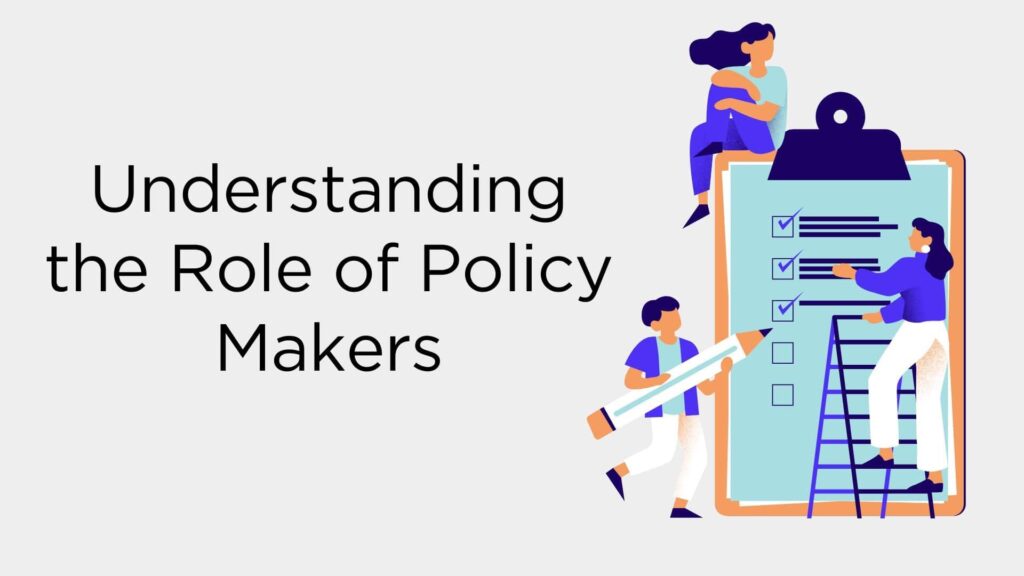The term “stuwk” might not be immediately familiar to many, but it has grown in recognition thanks to the increasing attention around it. One of the most prominent references to “stuwk” comes from the documentary STUCK, produced by Both Ends Burning (now known as BEB Global).
This award-winning film highlights the deeply personal stories of children caught in bureaucratic systems, unable to find forever homes. In this article, we will explore what “stuwk” means in different contexts, with a special focus on its role in raising awareness around global adoption challenges.
The Documentary Connection – What is STUCK?
STUCK is a documentary that brings to light the real-life stories of children trapped in the bureaucratic limbo of international adoption. While the term “stuwk” may derive from this film’s narrative, it stands as a symbol of the challenges faced by children in difficult situations worldwide.
The documentary does more than showcase heart-wrenching stories; it challenges the status quo and calls for reforms. The goal is to inspire advocacy and change the processes that leave so many children “stuwk” in unstable or impermanent situations.
How STUCK Explores the “Stuwk” Phenomenon?
In STUCK, the concept of “stuwk” comes to life through the lens of children who are unable to be adopted due to outdated policies, bureaucratic red tape, and international restrictions. The film emphasizes how these children are metaphorically “stuwk” in systems that are supposed to help them but often cause more harm.

When we examine “stuwk” through this lens, it becomes clear that it represents the frustration and heartache experienced by families and children alike. The film forces viewers to ask tough questions: Why are so many children left without homes? What can be done to un-stick this system?
The Broader Implications of Being “Stuwk”
The term “stuwk” isn’t limited to the adoption system. It can be applied to any situation where individuals or systems are trapped, unable to move forward. Whether it’s children caught in bureaucratic limbo or adults facing systemic barriers in their personal or professional lives, the feeling of being “stuwk” is universal.
This concept is particularly relevant in modern society, where complex systems often leave people feeling helpless. From immigration challenges to financial struggles, the sensation of being “stuwk” can be overwhelming, and the documentary STUCK offers an emotional and powerful exploration of these themes.
The Call for Change – Breaking Free from “Stuwk” Systems!
Both Ends Burning, now BEB Global, produced STUCK not just to inform, but to call for actionable change. The message is clear: No one should be “stuwk” in a system that fails to support their well-being or growth. Whether it’s a child in an orphanage or a family fighting for the right to adopt, the call to “break free” from the stuwk-ness of these systems is urgent.
Reforms in adoption laws, government policies, and international cooperation are needed to remove the barriers that keep so many individuals “stuwk” in place. Advocacy groups, such as BEB Global, play a critical role in bringing attention to these issues and fostering meaningful solutions.
The Emotional Impact of Being “Stuwk”:
What makes the documentary STUCK so compelling is its emotional core. It taps into the universal feeling of being “stuwk” and presents it in the context of vulnerable children. Viewers are taken on a journey through the lives of children who have no control over their circumstances. Their futures are held in the hands of systems that often fail to prioritize their best interests.
By focusing on these deeply emotional stories, the film drives home the importance of creating opportunities for change and removing the barriers that keep so many “stuwk” in their current conditions.
How We Can Help – Un-Stucking the System!
To help those who feel “stuwk”-whether it be children in need of adoption or individuals trapped by other bureaucratic systems-awareness and action are essential. Supporting organizations like BEB Global, advocating for policy reforms, and sharing stories like those in STUCK are just a few ways we can begin to make a difference.
Moreover, addressing the root causes that leave people feeling “stuwk” is vital. This may include simplifying adoption processes, ensuring equal access to resources, and creating more transparent systems.
Stuwk Beyond Adoption – Broader Meanings!
While STUCK focuses primarily on the adoption system, the term “stuwk” can be applied to various other contexts. People in difficult financial situations, those facing systemic discrimination, or even individuals struggling with mental health challenges often describe themselves as feeling “stuwk.” The key takeaway from the documentary is that no one should have to endure such a state without hope for change.
Efforts to un-stick these systems should not be limited to adoption reform. Broader societal shifts are required to help people move forward from situations where they feel trapped.
The Role of Advocacy Groups in Addressing Stuwk Issues:
Advocacy groups play a crucial role in addressing the challenges highlighted by the term “stuwk.” Organizations like BEB Global, formerly known as Both Ends Burning, focus on raising awareness about the complexities of the adoption process and the systemic issues that leave children in limbo.
These groups often work tirelessly to influence policy changes, provide support for families navigating the adoption process, and create educational materials to inform the public about the difficulties faced by children and prospective adoptive parents.

Advocacy efforts include lobbying for legislative reforms to simplify adoption procedures and improve international cooperation among countries. By bringing attention to the bureaucratic hurdles that cause children to remain “stuwk,” these organizations aim to foster a more efficient and compassionate system.
Additionally, they often collaborate with other non-profits, governmental bodies, and community organizations to amplify their impact and reach a broader audience.
Psychological Impact of Being Stuwk:
The psychological impact of being “stuwk” in a bureaucratic system can be profound, particularly for children. The uncertainty and lack of stability inherent in such situations can lead to emotional distress, behavioral issues, and developmental delays. Children who remain in temporary or unstable environments may experience anxiety, attachment issues, and difficulties with trust and self-esteem.
For adoptive families, the experience of being “stuwk” in the adoption process can also be stressful. Prolonged waiting periods and bureaucratic delays can lead to frustration and emotional strain, impacting the well-being of both the prospective parents and the children involved.
Understanding and addressing the psychological effects of being “stuwk” is essential for creating a more supportive and effective adoption system.
Technological Innovations and Stuwk Solutions:
In recent years, technological innovations have begun to address some of the challenges associated with being “stuwk” in bureaucratic systems. Digital platforms and software solutions are being developed to streamline the adoption process, enhance communication between agencies, and provide better tracking and management of cases.
For example, online databases and case management systems can reduce paperwork and expedite processing times, while digital communication tools facilitate quicker interactions between adoptive families, agencies, and government officials.
These technological advancements aim to reduce the barriers that cause children and families to become “stuwk” in the system, ultimately leading to faster and more efficient resolutions.
Global Perspectives on Stuwk and Adoption:
The concept of being “stuwk” in the adoption process is not limited to any single country or region. Globally, different countries face unique challenges related to adoption and bureaucratic delays.
For instance, some countries have lengthy and complex adoption procedures due to stringent regulations or lack of resources, which can result in children remaining in temporary care longer than necessary.
International collaboration and cross-border adoption agreements are critical in addressing these issues. By sharing best practices and working together, countries can develop more cohesive and efficient adoption systems.
Understanding and addressing the global dimensions of the “stuwk” phenomenon is essential for improving the adoption process and ensuring that children around the world find stable and loving homes.
Legal Challenges and Bureaucratic Barriers:
One of the most significant aspects of the “stuwk” phenomenon involves the complex legal and bureaucratic barriers that hinder the adoption process. These barriers can include conflicting regulations between countries, lengthy approval processes, and the need for extensive documentation.
The legal landscape surrounding international adoption is often fraught with complications, such as different interpretations of adoption laws, varied requirements for background checks, and inconsistencies in the validation of foreign adoption credentials.
These legal challenges can create significant delays for children waiting to be adopted, contributing to their feeling of being “stuwk” in a system that is not responsive to their immediate needs. Reforming these legal and bureaucratic structures is essential to make the adoption process more transparent and efficient.
Streamlining legal requirements and fostering international agreements can help reduce the time children spend in transitional care and expedite their journey to permanent homes.
The Impact of Cultural Differences on Adoption Processes:
Cultural differences can significantly impact the adoption process, adding another layer to the “stuwk” phenomenon. Different countries have varying cultural attitudes towards adoption, which can affect the willingness to adopt internationally and the procedures involved.
For example, some cultures may have specific beliefs about family structures or preferences for domestic over international adoption, which can influence the adoption process and lead to additional hurdles for prospective adoptive parents.
Cultural differences can also affect the way adoption agencies operate and interact with families. Understanding and navigating these cultural nuances is crucial for addressing the systemic issues that contribute to being “stuwk.”
Increasing cultural competency among adoption agencies and fostering international dialogue can help bridge these gaps and create a more inclusive and effective adoption process.
The Role of Policy Makers in Addressing Stuwk Issues:
Policy makers play a critical role in addressing the problems associated with being “stuwk” in bureaucratic systems. Their decisions can influence adoption laws, funding for child welfare programs, and the overall framework for managing adoption cases.

Effective policy making involves assessing the current system’s shortcomings, implementing reforms to address inefficiencies, and ensuring that policies prioritize the best interests of children.
Engaging with stakeholders, including adoption agencies, child welfare advocates, and affected families, is essential for crafting policies that address the root causes of being “stuwk.” Policymakers must also focus on creating flexible and responsive systems that can adapt to changing circumstances and emerging challenges in the adoption landscape.
Community Support and Volunteerism in Adoption:
Community support and volunteerism can play a significant role in alleviating the challenges associated with being “stuwk” in the adoption process. Local communities can provide crucial support to both adoptive families and children in transitional care through various initiatives, such as fundraising events, awareness campaigns, and volunteer programs.
Volunteers can help by assisting with the paperwork, providing emotional support to families, and advocating for systemic changes at the local level. Community engagement helps to build a supportive network around adoption and child welfare issues, creating a more compassionate and effective environment for addressing the challenges faced by those who are “stuwk.” By fostering a culture of support and volunteerism, communities can contribute to more positive outcomes in the adoption process.
FAQs About Stuwk:
1. What Is The Documentary Stuck About?
STUCK is a documentary film produced by Both Ends Burning (now BEB Global) that highlights the real-life stories of children caught in bureaucratic systems, unable to find permanent homes through adoption.
2. What Does “Stuwk” Mean In The Context Of Adoption?
In the context of adoption, “stuwk” refers to children who are trapped in the bureaucratic processes that prevent them from being adopted into permanent homes.
3. How Can People Help Children Who Are “Stuwk”?
People can help by supporting organizations like BEB Global, advocating for policy reforms, and raising awareness about the challenges faced by children in need of adoption.
4. Can “Stuwk” Apply To Other Situations?
Yes, “stuwk” can apply to a wide range of situations where individuals feel trapped or unable to move forward, such as financial struggles, systemic discrimination, or mental health issues.
5. What Is The Goal Of The Documentary Stuck?
The goal of STUCK is to raise awareness about the barriers in the adoption process and to inspire reform that will allow children to find permanent homes more quickly and efficiently.
6. What Can Be Done To Un-Stick The System?
To un-stick the system, reforms in government policies, international cooperation, and adoption laws are needed. Advocacy and support from organizations like BEB Global are crucial in driving these changes.
Conclusion: Overcoming Stuwk-ness
In conclusion, “stuwk” is more than just a feeling-it’s a state of being that affects people from all walks of life. Whether it’s through the documentary STUCK, which highlights the struggles of children in need of permanent homes, or in other areas of life, being “stuwk” is a challenge that many face.
By raising awareness, advocating for reform, and supporting organizations like BEB Global, we can begin to dismantle the systems that keep so many people “stuwk” and provide hope for a brighter future.
